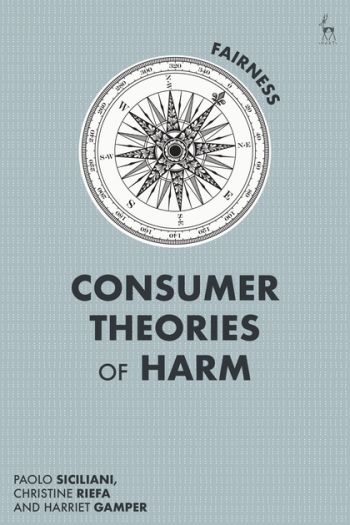
Consumer law and practice has undergone a period of change over the last two decades, culminating in the 2015 Consumer Rights Act and associated changes to the competition regime and to consumer enforcement.
This monograph argues that a further move to higher standards of protection is necessary, and that a more confident use of economic theory will allow practitioners to demonstrate how a poor standard of professional diligence lies at the heart of consumer harm. Both theoretical and practical examples of how to combine existing law with economic theory to improve case outcomes are provided. The book concludes that to move to a more proactive regime in the consumer field, with more assertive enforcement, would entail a move to a positive duty for firms to treat consumers fairly.